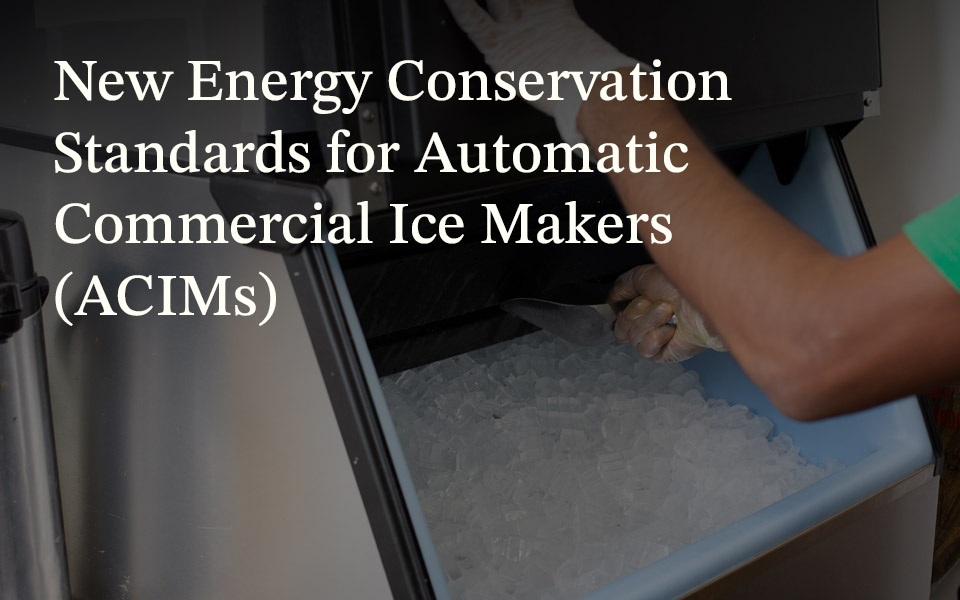Emerson’s tests* of leading alternative refrigerants suggest challenges as well as benefits. The full video details theoretical calculations and real-world tests.

Emerson sees migration to lower-global warming potential (GWP) refrigerants as inevitable. Here are some challenges leading A1 alternatives may face, and how to potentially address them.
Heat of Compression
While new HFCs for R-404A offer a lower GWP, alternatives run significantly hotter in both low- and medium-temperature conditions. Compressor cooling will be needed in many low-temperature applications. This is potentially a big deal because some freezer applications can no longer run with non-liquid injected compressors. Full operating envelope capabilities are still possible with liquid injection, but this will likely require additional plumbing and power.
For low-pressure refrigerants, potential replacements for R-134A run at lower discharge temperatures, so there is less of a temperature concern. Our tests* have found the entire operating envelope for R-134A can be achieved with either 450A or 513A.
Capacity and Size
R-404A replacements typically deliver less capacity, especially in low-temperature applications, which will require larger compressors to match existing systems.
During our tests*, traditional HFC refrigerants like R-404A also had little or no temperature glide, so they didn’t affect system sizing. Emerging A1 replacements, however, have glide values of ~5 to ~8 °F. That potentially creates issues when calculating capacity that most of our industry hasn’t had to deal with in the past. Capacity at the midpoint in a medium-temperature system with R-404A, for example, isn’t much different from its dew point compressor rating. But an R-448A system would deliver 3 percent more capacity at the same conditions.
This is even more apparent in low-temperature systems. For example, if you’re sizing an R-448A system off dew point, you might expect capacity loss of 19.4 percent compared to R-404A. In reality, the system sees a drop of about 13.9 percent. While you’ll still have to increase the size of the compressor, using the midpoint can significantly affect your calculations.
In medium-temperature applications, the weighted energy efficiency ratio (EER) of newer alternatives is similar to R-404A. In lower-temperature applications, there are trade-offs between efficiency and GWP. R-407A compares well with R-404A, but has a higher GWP than other alternatives. R-448A scores better on GWP, but requires more injection and power.
There’s little or no temperature glide in replacements for R-134A, but of the two main candidates, 513A meets or exceeds the capacity of R-134A, while 450A struggles in comparison.
Update on A2L/A3 Refrigerants
This presentation touched only briefly on A2L refrigerants, since they have yet to be listed as acceptable alternatives under the Environmental Protection Agency’s Significant New Alternatives Policy. However, Emerson continued testing functionality for A2Ls and the A3 R-290 throughout 2017. If you have any questions about these refrigerants, or want any evaluations done, please contact us to learn more about your options.
The full video details theoretical calculations and real-world tests.
*The results presented in this post are based on Emerson testing. Results may vary based on additional testing and application.

Let the Refrigerant Phase-in Begin
Evaluating next-generation commercial refrigerant alternatives in established and emerging...

Reviewing Proposed Energy Efficiency Standards for Ice Machines
Earlier this year, the Department of Energy (DOE) published a notice of proposed rulemaking (NOPR)...

CO2 as a Refrigerant — Criteria for Choosing Refrigerants
This is post two of CO2 as a Refrigerant, a blog series covering the fundamental considerations...
